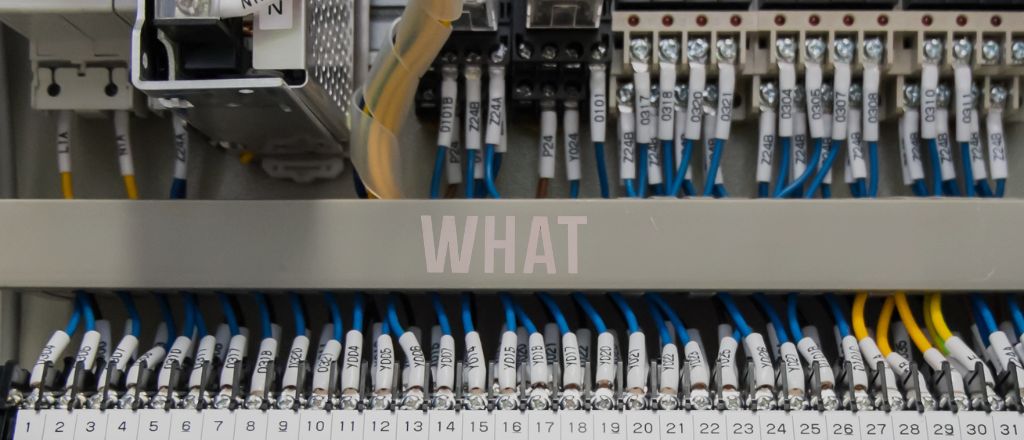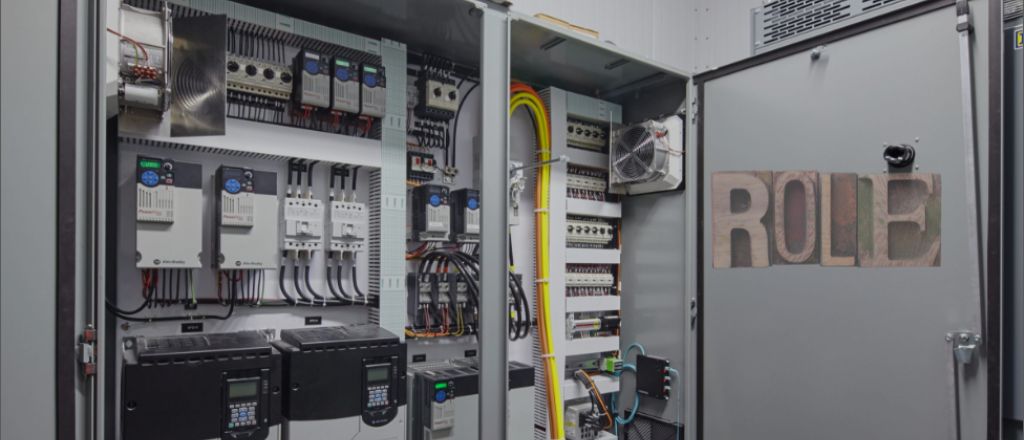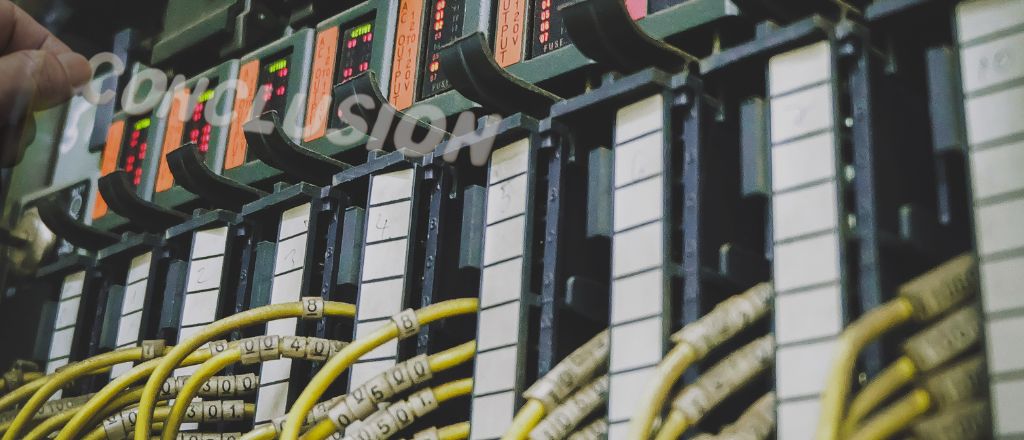A PLC (Programmable Logic Controller) is an industrial computer used to automate electrical processes by controlling machinery, production lines, and other automation systems.
PLC Electrical refers to Programmable Logic Controllers (PLCs) which are the backbone of modern industrial automation. These robust and flexible systems integrate seamlessly with electrical components to control, monitor, and optimize industrial operations. Understanding the relationship between PLCs and electrical systems is vital for engineers, technicians, and anyone working in automation.
PLC Electrical What Does It Mean

PLC systems refer to the interface between programmable logic controllers and the power systems they control. It includes the wiring, power supply, and signals that enable PLCs to communicate with sensors, actuators, and other components. This concept is also connected to the definition and meaning of PLCs within power and control frameworks.
Understanding PLC Electrical Connections
To comprehend PLC electrical systems, one must first understand their connections. PLCs have input and output (I/O) modules interacting with field devices. Inputs can include proximity switches, photoelectric sensors, and thermocouples. Outputs may drive devices like relays, solenoids, or motors.
Each connection in a PLC system adheres to strict wiring standards. Input devices send signals to the PLC's input module. The PLC processes these signals and executes programmed logic to activate the output modules. Proper wiring ensures the accuracy of data transmission and reliable system operation.
The power supply is another critical component of PLC electrical systems. A PLC typically operates on 24V DC or 120/240V AC. Stabilized power supplies prevent voltage fluctuations from disrupting operations. Additionally, grounding and shielding techniques reduce electrical noise and interference.
Interviewer: "Trevor, can you explain why grounding and shielding are crucial in PLC electrical systems?"
Trevor Blevins: "Absolutely. Grounding and shielding are key in maintaining signal integrity and protecting sensitive components from electromagnetic interference (EMI). Stray electrical noise can cause erratic behaviour in PLCs without proper grounding, leading to incorrect outputs or system failures. Shielding adds another layer of protection, especially in environments with high electrical noise."
Importance of Electrical Components in PLCs
Electrical components are crucial for efficient and reliable operation in PLC systems. Key components include:
- Power Supplies: These components provide stable voltage to PLCs and field devices. Without a reliable power supply, system performance can degrade or fail altogether.
- Relays and Contactors: PLC outputs often control relays and contactors that switch high-power devices. These components translate low-power PLC signals into high-power actions.
- Wiring and Terminals: High-quality wires and terminals ensure secure connections. Labeled wiring simplifies troubleshooting and maintenance.
- Circuit Protection Devices: Fuses and circuit breakers protect PLCs and connected devices from electrical faults. These safeguards prevent damage due to short circuits or power surges.
- Isolation Modules: Isolation prevents electrical noise from interfering with PLC operation. It also protects the controller from voltage spikes and transients.
Interviewer: "Trevor, what happens if one of these components fails during operation?"
Trevor Blevins: "If a component like a relay or circuit breaker fails, it can disrupt the entire system. For example, a failed relay may prevent a motor from starting, halting production. Redundancy and routine maintenance are crucial for preventing system disruptions and ensuring smooth operation. Regular checks can identify potential issues before they cause a failure."
These components work in unison to enhance the reliability and functionality of PLC electrical systems. Skipping or neglecting any component can lead to system inefficiencies or failures.
The Role of PLCs in Electrical Systems

PLCs play a pivotal role in electrical systems by automating and controlling processes. Their ability to process inputs, execute logic, and generate outputs makes them indispensable in various applications.
How PLCs Control Electrical Devices
PLCs control electrical devices through inputs, outputs, and programming logic. For instance, in an industrial conveyor system, sensors detect the position of items, and the PLC activates motors or pneumatic cylinders to move them.
Inputs from devices like limit switches, pressure sensors, or temperature probes provide real-time data to the PLC. The controller processes this data and executes predefined logic stored in its memory. Based on this logic, it sends output signals to actuators, such as solenoids or variable frequency drives (VFDs).
Communication protocols, such as Modbus or Ethernet/IP, enhance the versatility of PLCs in electrical systems. These protocols enable PLCs to interact with Human Machine Interfaces (HMIs) and Supervisory Control and Data Acquisition (SCADA) systems, providing a complete overview of operations.
Interviewer: "Trevor, can you give an example of how communication protocols like Modbus improve PLC operations?"
Trevor Blevins: "Certainly. Suppose you have a factory floor with multiple PLCs managing different processes. Using Modbus, these PLCs can share real-time data, such as temperature readings or production counts. This capability enables seamless coordination and allows operators to monitor all processes from a central HMI. It's all about improving efficiency and decision-making."
Safety and Reliability in PLC Electrical Systems
Safety is a top priority in electrical systems, and PLCs contribute significantly to achieving it. Emergency stop circuits, interlocks, and fault diagnostics enhance operational safety. For example, in a manufacturing plant, a PLC can immediately shut down equipment if it detects an overload or a fault.
Reliability is equally crucial. Redundant PLC systems, backup power supplies, and regular maintenance schedules ensure uninterrupted operations. Moreover, PLCs with robust programming and self-diagnostic capabilities minimize downtime and enhance system longevity.
Interviewer: "Trevor, how do self-diagnostic features in PLCs contribute to system reliability?"
Trevor Blevins: "Self-diagnostic features are a game-changer. They allow PLCs to monitor their health by checking memory usage, scanning time, or detecting faulty I/O modules. When an issue arises, the PLC can alert operators immediately, enabling quick fixes before the problem escalates. These self-diagnostic features reduce unplanned downtime and keep systems running smoothly."
Conclusion

PLC Electrical systems form the cornerstone of industrial automation. PLCs enable efficient, safe, and reliable operations by bridging the gap between programmable logic and electrical hardware. Understanding the intricate relationships between PLCs and electrical components is fundamental for maximizing system performance and minimizing downtime. As technology advances, the integration of PLCs in electrical systems will continue to evolve, offering greater efficiency and control in industrial applications.
Interviewer: "Trevor, any final thoughts on the future of PLC electrical systems?"
Trevor Blevins: "The future is bright. We're seeing more integration of AI and IoT with PLCs, making them smarter and more adaptive. As industries push for higher efficiency and sustainability, PLC electrical systems will play an even more significant role in modern automation. It's an exciting time to be in this field."
Frequently Asked Questions
A PLC electrician is a professional who specializes in installing, maintaining, and troubleshooting PLC systems, ensuring they operate correctly in industrial environments.
A PLC circuit works by receiving input signals from sensors, processing the data through programmed logic, and sending output signals to control devices like motors, lights, or valves based on the instructions.
A PLC for beginners is an entry-level version of a programmable controller designed to help those new to automation learn how to program and control basic systems, often with simplified programming environments and interfaces.

